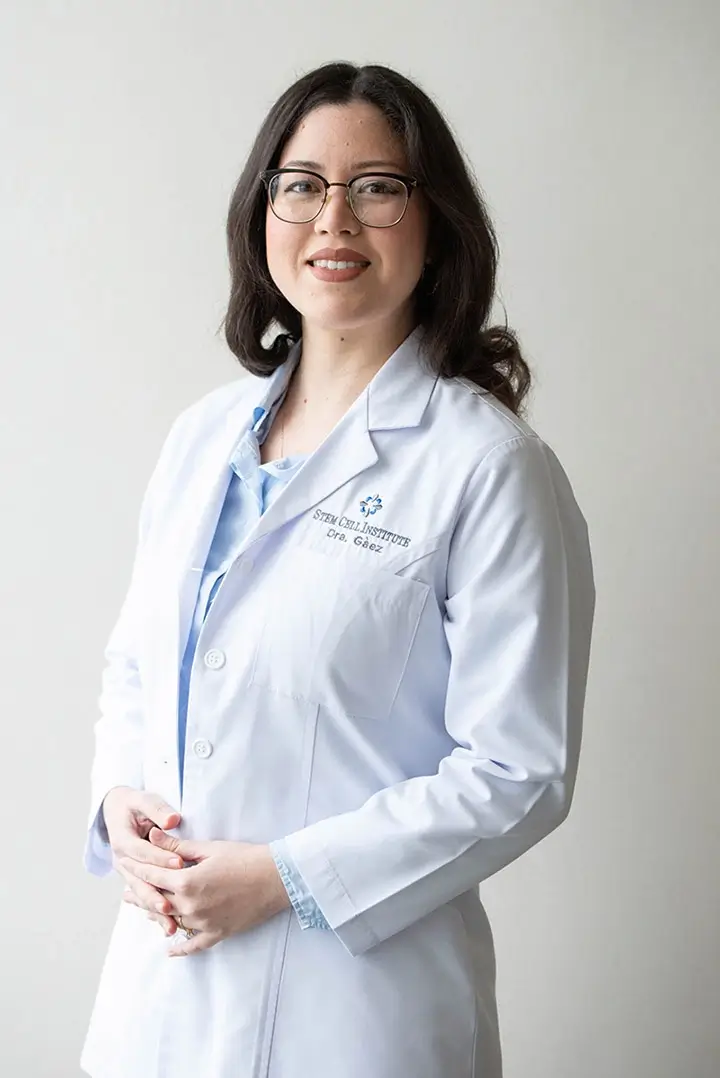Helping his significant other with the daily chores would be a dream come true for Andrew. This may seem odd, but running out for groceries, mowing the lawn, even a day spent cleaning the gutters would be ideal.
It was these activities, or work as most would put it, that Andrew took for granted a year and a half ago. Not surprisingly, most of us probably feel the same way. But then a motorcycle crash left the 41-year-old paralyzed, and unable to experience even the mundane things in life.
But a private Indian hospital has accepted him as a patient, and on June 20th he will receive stem cell treatment that will potentially restore his ability to walk.
When a driver changed lanes without checking, he swerved his motorcycle to avoid an accident, but lost control of his bike changing his life forever on October 1, 2005.
“I’ve gone down a big ditch on the shoulder of the round-about and I don’t remember this, but I ran through a tree and came back onto the road. All I remember is coming to and trying to get up and then it was like, ‘hang on, I can’t move my legs’.”
He was told that he would be paralyzed from the chest down after being flown to the Princess Alexandra Hospital in Brisbane. He had damaged his spinal cord between the T6 and T7 vertebrae.
At the hospital Andrew met an important woman. Following stem cell therapy, Sonya regained sensation in her legs and her control over her bowel and bladder as well. After being treated by Dr. Geeta Shroff at the Delhi Nu-Tech Medicare facility, she made international headlines due to her amazing progress.
Sonya’s life was similar to Andrew’s once. She was told that she would need to figure out a way to live with her disability, and Andrew knew her when she was in the same state. After stem cell therapy, when she was once again wiggling her toes, Andrew watched a news story about her on television. By this time, Andrew had already talked to her about her stem cell treatment after tracking her down while she was still in India.
“She told me about Dr. Shroff and her treatment and obviously she was over the moon,” he said.
“She had gone from being in a wheelchair for the rest of her life, to standing again. In two years she has been told she will be walking, unassisted. It may not be a normal gait, but who cares? It’s something.”
Andrew ended up booking his own procedure after doing extensive research on stem cell therapy and contacting Dr. Shroff himself.
He will start his first series of stem cell injections a day after he arrives in India with the rest of his young family. His household partner, Sarah-Jayne Matthews will fly with him as well on June 19th.
He will need to stay in India for 2-3 months to complete the entire course of treatment. They are admittedly a bit short on cash for the entire endeavor despite numerous fundraising efforts and the help of friends and family.
They want to be able to afford a camcorder to track Andrew’s progress. So they can keep in touch with friends and family, a 3G phone would also be nice. And the children need to continue their school work while overseas so purchasing a notebook computer is also in order.
Within the medical community, Dr. Shroff refuses to publish her results and this has drawn criticism from medical professionals. Andrew understands he is taking a risk, but he has seen all the proof he needs.
Andrew has seen and talked to patients who have gotten better, dramatically in some cases. So the fact that Shroff has been labeled as a quack by experts is irrelevant to Andrew, and misleading.
Any chance he has to regain the part of his life he lost is worth taking according to Andrew. He spent his life before the accident being active and will travel to India to potentially restore his body.
“I’ve never ever given up hope that I will walk again and I never will,” he said.
“From day one, I have researched all the different stem cell procedures around the world and this is my best chance. This is the best chance that is available to me.”
“There is a fear factor in everything you do. That’s normal. There could be repercussions from it, but I’m willing to accept that.”
“I don’t expect to go in there and suddenly be able to walk out. That’s aiming too high. But it’s a ‘what if’ situation. What if I didn’t go and what if I was one of the ones who did get out of their wheelchair?”
“For that, I’m willing to take the risk. Because I have nothing to lose and any improvement is 200% on what I have now.”

